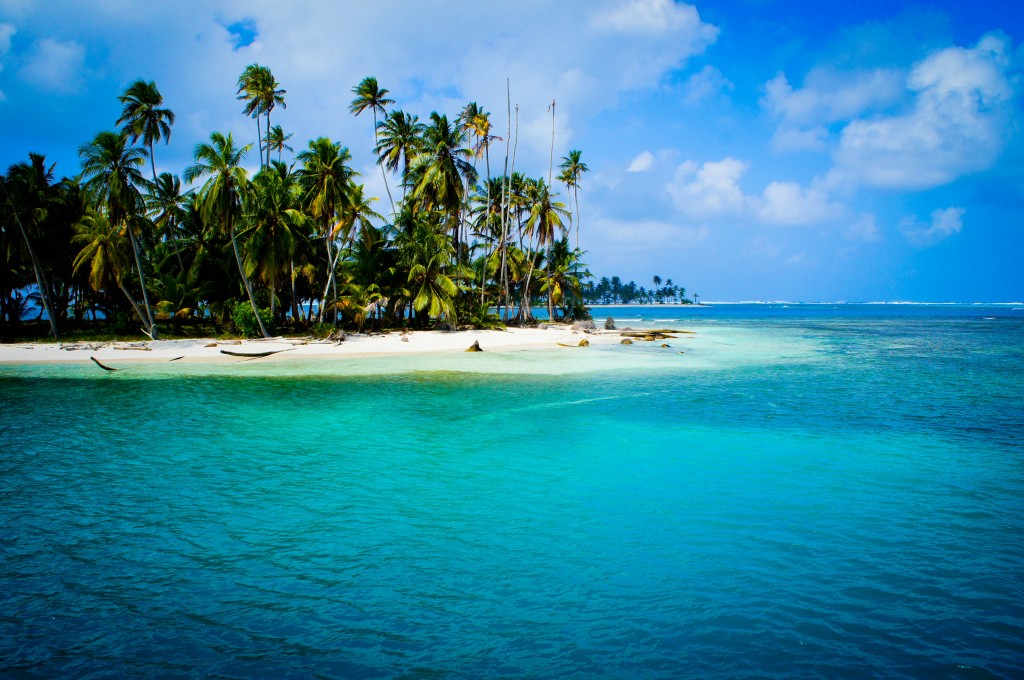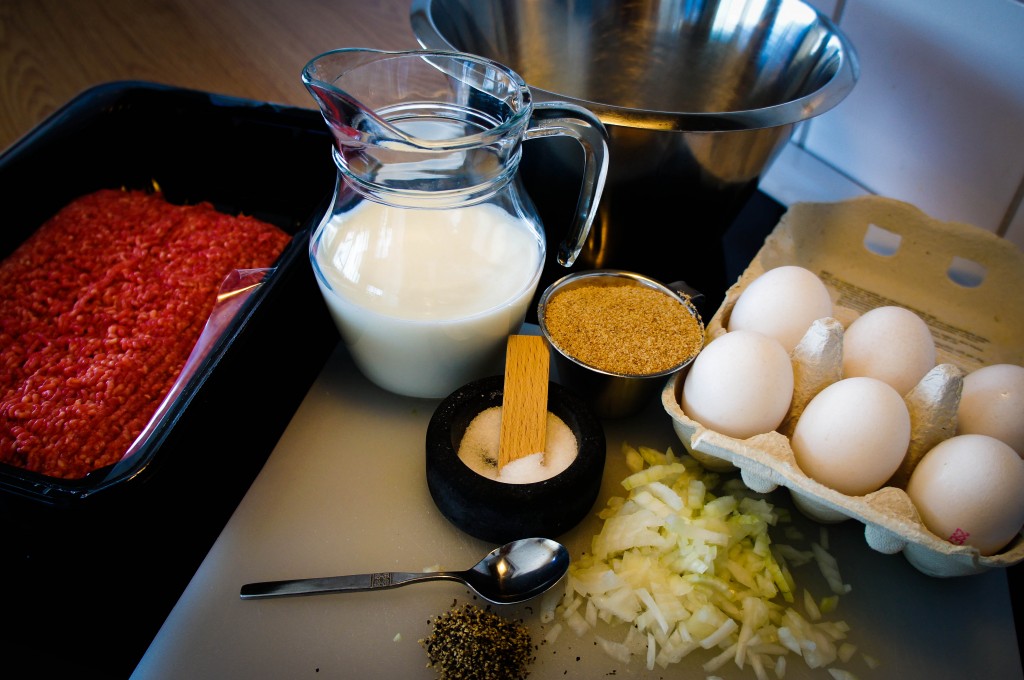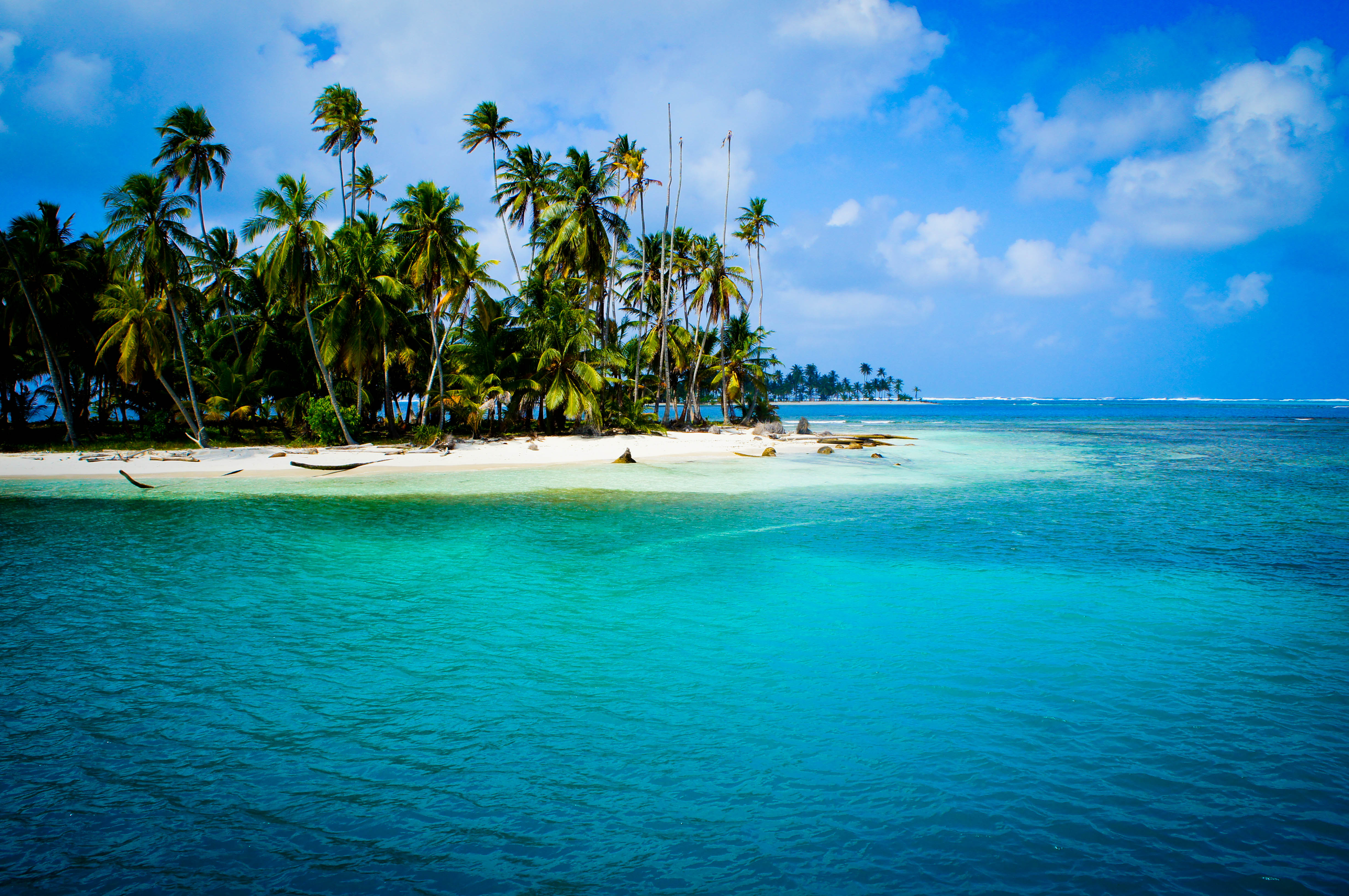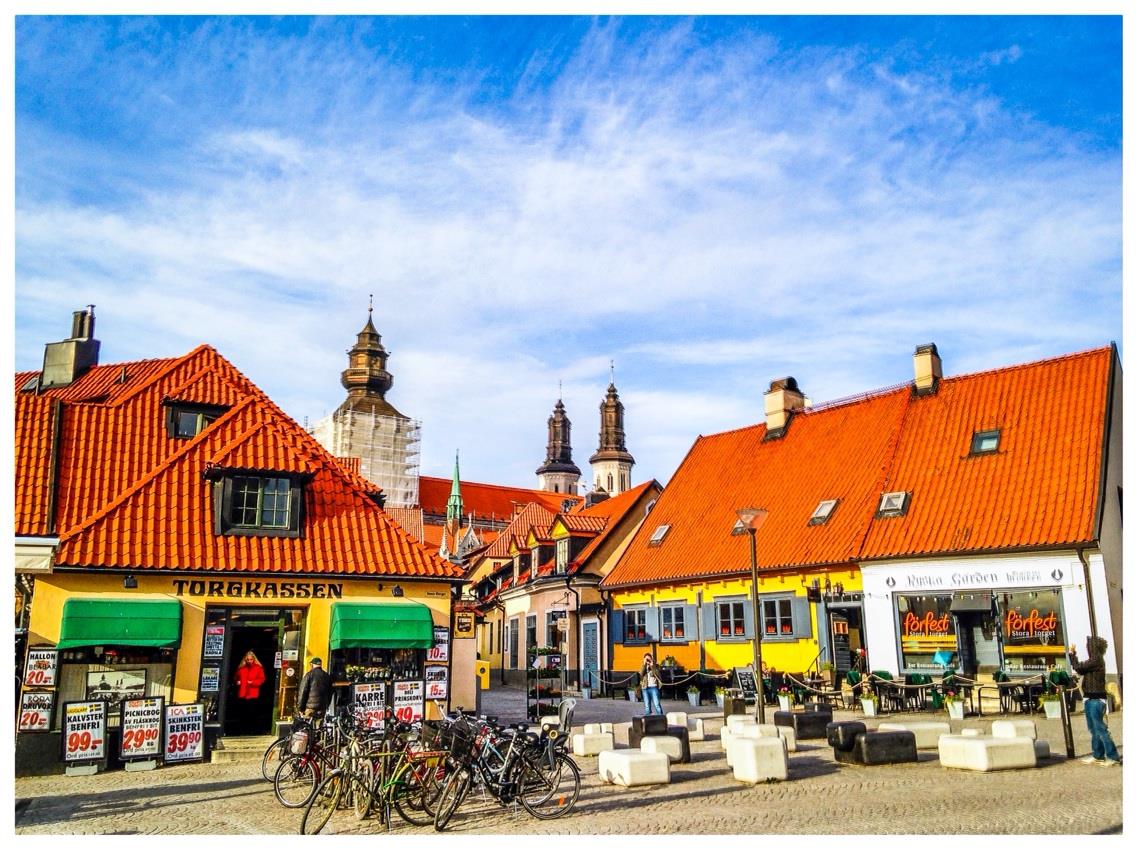The process of saving for your dream trip can be a daunting procedure to begin. You know where you want to go, and how long you want to be away for; but once you start totalling up the price of flights, accommodation, and daily expenses—the final figure can be frightening.
There’s no way around it: saving means sacrificing, but your dream trip will be totally worth it. I once faced a mountain of debt, but I paid it off. Not only did I pay it off, I also saved for my dream trip around South America.

If I can do it, you can too! Here’s my guide to successful saving.
Step One: Set a Realistic Target
This is the boring part of saving. You must analyse your financial situation. If you are not good with numbers, ask somebody to look at it with you. Start by making a budget of your income against your outgoing expenses. Look at your essential spending: rent, bills, food, travel (to work), and deduct that from your monthly salary. Consider how you usually spend the rest.
Make a note of what you spend in a week. You could do this by carrying a notebook around with you and write everything you spend. By stopping to write things down you will become more aware of what is necessary spending, and what is unnecessary.
The small things are where your money goes: a latte a day will drain your savings away.
Once you have looked at your weekly spending, you can prioritise what is most important to you. If you use your gym membership to the full, then keep it and make cutbacks somewhere else—but if you barely go to the gym, cancel it.
Now that you have analysed your expenditure, work out the maximum amount you could put into your savings every month. Transfer it directly into a savings account on the day that you get paid, and leave it there. It is best to have a separate savings account for this purpose; if you leave the money in your usual account, you will spend it.
Do not use a credit card during this process. Some people are very good at utilising the benefits of credit cards, without ever facing the extortionate interest penalties that are imposed by the banks. Most people are not. Do not be fooled by tempting promises of cashback or frequent flyer miles – banks give nothing away for free: you will pay for it somewhere along the line. Stick to using money that you have already earned.
Now that you have your budget, you are ready to start making your trip a reality. Find a picture of your dream destination and put it somewhere prominent – on the fridge door, your bathroom mirror, or work desk. Even better, carry it around in your wallet and pull it out every time you want to spend money.
Step Two: Cut Your Spending
It sounds simple, yet I meet so many people who have no idea of how to cut daily costs.
Coffee, takeaways, cigarettes, alcohol, and clothes are the biggest culprits; to kick-start your savings, you will have to make some changes.
Start with one of your biggest expenses: food. It is most likely that you can make some cutbacks here. You could shop at a cheaper supermarket. Lidl might not be sexy, but it is cheap. Always look at the price per kilo, rather than the pack price, and buy the bigger pack if it is cheaper per kilo. Cook large quantities of cheap meals—bolognese, chilli, and lasagne are great to cook in bulk—and freeze individual portions for easy convenience food on nights when you’re tempted to call for takeaway.

Buy some spices and make your own curries, or stir-fries. Getting creative in the kitchen will save you money in the long run.
“Staying in is the new going out”
Nights out are generally expensive, and—let’s face it—when you are travelling, you will have plenty of opportunities to party the night away. So if you are serious about saving, you have to spend some weekends at home. That’s not to say that you can’t make it fun.
Invite some friends around and ask them to each bring a bottle, look up cocktail recipes and mix your own. Throw a dinner party, watch a movie, do an exercise DVD, or start a book club.
When you do want to do something special, look at sites like Groupon to find some excellent deals.
Lastly, only buy things that you will need on your travels—particularly when it comes to clothes. You will be leaving most of it behind anyway. Ask friends and family to buy essentials for your trip when your birthday or Christmas comes around. If you are planning to travel with a partner, you could skip expensive gifts and dining out. The money you save will go further at your destination: a fancy three-course meal with wine in your home country would pay for a night at a beautiful Thai boutique hotel on the beach, and cover dinner too!
Start thinking in terms of what things will cost on your travels. It is easier to say no to that expensive sandwich at lunch when you realise it costs the same as two extra nights in Cambodia. Or that last cocktail that costs twice as much as an hour-long massage on the beach in Bali…

It is a myth that you need to be rich or lucky to travel; you simply need to be dedicated. You can make your dream trip a reality.
What’s your best advice for saving money? Leave a comment below!





Great post! You can’t begin to cut spending until you know exactly what you spend. We made a spreadsheet and talked about money every Sunday, what we spent the last week, what’s upcoming, birthdays, events, etc. Knowledge was power there. And cut down – cut out TV and watched shows online, reduced cell phone plans – isn’t it amazing how much money is out the window unnecessarily? Sooo liberating once it’s under control!
Geoff @ WanderTooth recently posted..The Milan Duomo
Yes. Having once been in a lot of debt, I really love the complete freedom that comes with knowing how to save. I like the challenge of setting myself a spending target and trying to stick to it every month. And it’s SOOOO good to see the savings going up, not down! Thanks for the comment
The number one thing I got from this article, is that I should survive with necesities only. Thanks for demystifying the myth that “you have to be rich to travel”, dediction is the key
Yes, saving means sacrifice, but you don’t need to be rich to travel. I have never been rich, and probably never will be!
Great article! We’ve traveled in Peru, including Machu Pichhu, and it was wonderful! We found lots of ways to save money while we were there! Ask around. The locals know. Where to eat. What trains/buses to take, etc. Now we’re back to saving again, and then we’ll be off again! Our next target? Ireland!
Machu Picchu is so amazing, isn’t it? You have some good advice. How long until you go to Ireland? What are your plans?
I am nearly there with my saving- I have done as much as I can, including working pretty much 7 days a week!
I’m planning on travelling to Australia and SE Asia and as much more of the world that I can afford. So nice to finally find a fellow Brit bird blogger too, you’re hard to find apparently!
One quick question for you – have you considered using airmiles credit cards? I’m debating about it, but I just wonder if they’re too good to be true…
Yes, there doesn’t seem to be as many British bloggers as Americans/Canadians, does there? Clearly we are a small breed!
I haven’t used airmiles from credit cards as I haven’t had a credit card since paying off all my debts a few years ago. I prefer to use my debit card and know that I am only ever spending money that I already have. I know that a lot of travellers do use credit card airmiles though. I think Nomadic Matt has written about using credit cards for airmiles before.